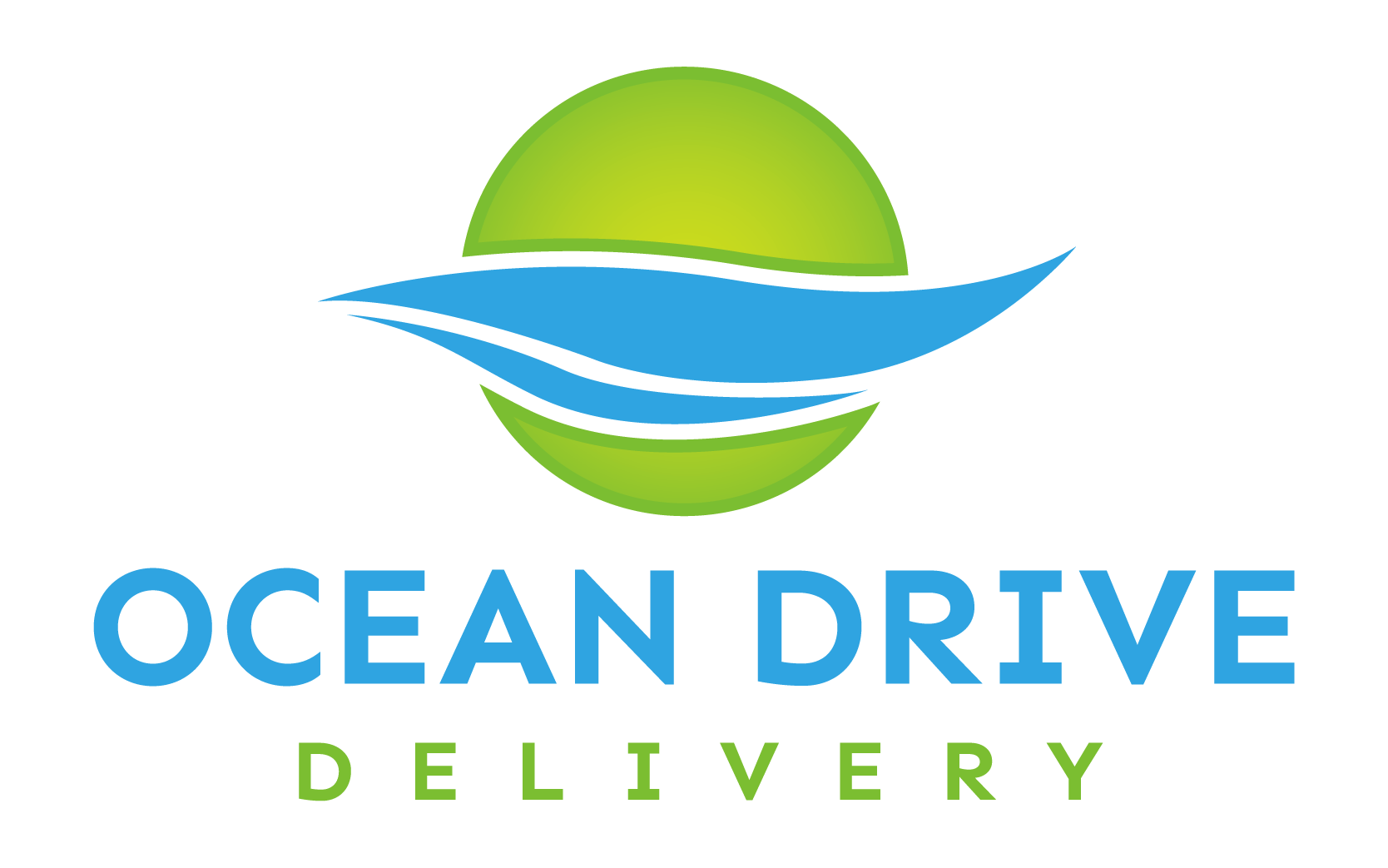Overview
Onfleet is a cloud‑based last‑mile delivery management platform built to streamline route planning, dispatch, driver tracking, proof of delivery, and real‑time customer notifications. Founded in 2012 and headquartered in San Francisco, Onfleet serves thousands of businesses across 50+ countries with a focus on scalability and integration.
Its typical user base ranges from medium‑ to enterprise‑scale operations managing up to thousands of stops per day, thanks to unlimited driver and dispatcher seats included in its pricing tiers.
Key Technical Features
- Route optimization engine: Algorithms consider time windows, driver schedules, vehicle capacity, and historical traffic. Routes can be edited mid‑shift with real‑time auto‑dispatch updates to driver apps.
- Live tracking & ETA notifications: Both dispatchers and recipients get accurate real‑time locations and estimated arrival times. Customers receive SMS/email updates at each delivery milestone.
- Proof of delivery (POD): Includes support for photos, barcodes, e‑signatures, delivery notes, and optional age verification features.
- Driver communications: Built‑in driver-to-dispatcher/customer chat and anonymized calling help preserve privacy and streamline coordination.
- APIs and integrations: Robust, well‑documented APIs and numerous out‑of‑the‑box integrations with platforms like Shopify, Square, and others.
- Analytics dashboard & data export: Metrics such as on‑time rates, distance run, stop duration, and customer feedback are available. Exports for deeper analytics are supported.
Pros
- Improved delivery efficiency: Onfleet optimizes routing, boosting capacity by 20–40% and improving on‑time performance.
- Scalable user model: Unlimited drivers and dispatchers per account lowers friction for scaling operations.
- Strong POD & notification workflows: Embedded SMS/email alerts and delivery verification tools enhance transparency and reduce support calls.
- Ease of integration: Well‑supported APIs and prebuilt integrations simplify connection to existing systems.
- Customer satisfaction: Verified users highlight user‑friendly dispatch apps and responsive support teams in multiple reviews.
Cons
- UI usability issues: Several reviewers mention the dispatcher interface feels dark, clunky or unintuitive. Map visualizations often rely on pin clusters instead of actual plotted routes.
- Routing limitations in high volumes: Route optimization may not reapply live traffic updates, leading to suboptimal backtracking or delays in complex multi‑stop shifts.
- Performance glitches: Users report delays in driver location updates, occasional app freezes, and Android app instability or battery drain issues.
- Cost structure and task limits: Onfleet charges based on delivery‑task volume, with entry‑level plans offering limited task counts (e.g. 2,000 tasks/month for ~$500–550). Advanced features (like barcode scanning, age verification, prioritized routing) are often restricted to higher tiers.
- Analytics depth: While summary data is provided, in‑platform historical route playback or visualization is limited. Exports are available but internal dashboards may not suffice for advanced analysis.
- Limited offline capability: Drivers who lose connectivity may not sync until signal returns, impacting task and update reliability in offline zones.
Final Verdict
For businesses operating on-demand charter services, urgent courier routes, grocery or food delivery, Onfleet delivers a powerful foundation of route planning, live tracking, proof-of-delivery, and customer engagement tools. Its scalability with unlimited users and extensive integrations make it ideal for organizations poised to scale.
However, if you need live‑traffic‑aware dynamic rerouting, a sleeker, more intuitive interface, deeper built‑in analytics, or a cost structure optimized for high task volumes, alternative platforms—like Routific, Circuit, or eLogii—may offer more flexibility or lower overhead.
Summary Table
| Strength (Pros) | Weakness (Cons) |
|---|---|
| Efficient routing & capacity gains | Clunky UI; routing may ignore live traffic |
| Unlimited driver/dispatcher seats | Limited tasks on basic plans; costly at scale |
| Strong POD & notification workflows | Mobile glitches; Android app occasionally unstable |
| Clean API & integration support | Basic dashboard analytics; lacks visual route playback |
| Reliable customer tracking and feedback | Offline support limited |
Insights
Onfleet is a robust, scalable delivery management solution for mid‑size to enterprise organizations focused on optimizing last‑mile logistics. While it excels in route planning, POD collection, and customer communication, its user interface and cost structure may not suit every business. Consider Onfleet if you prioritize operational control and integrations—but evaluate alternatives if live‑traffic responsiveness, analytics depth, or lower cost per delivery task are critical to your needs.
